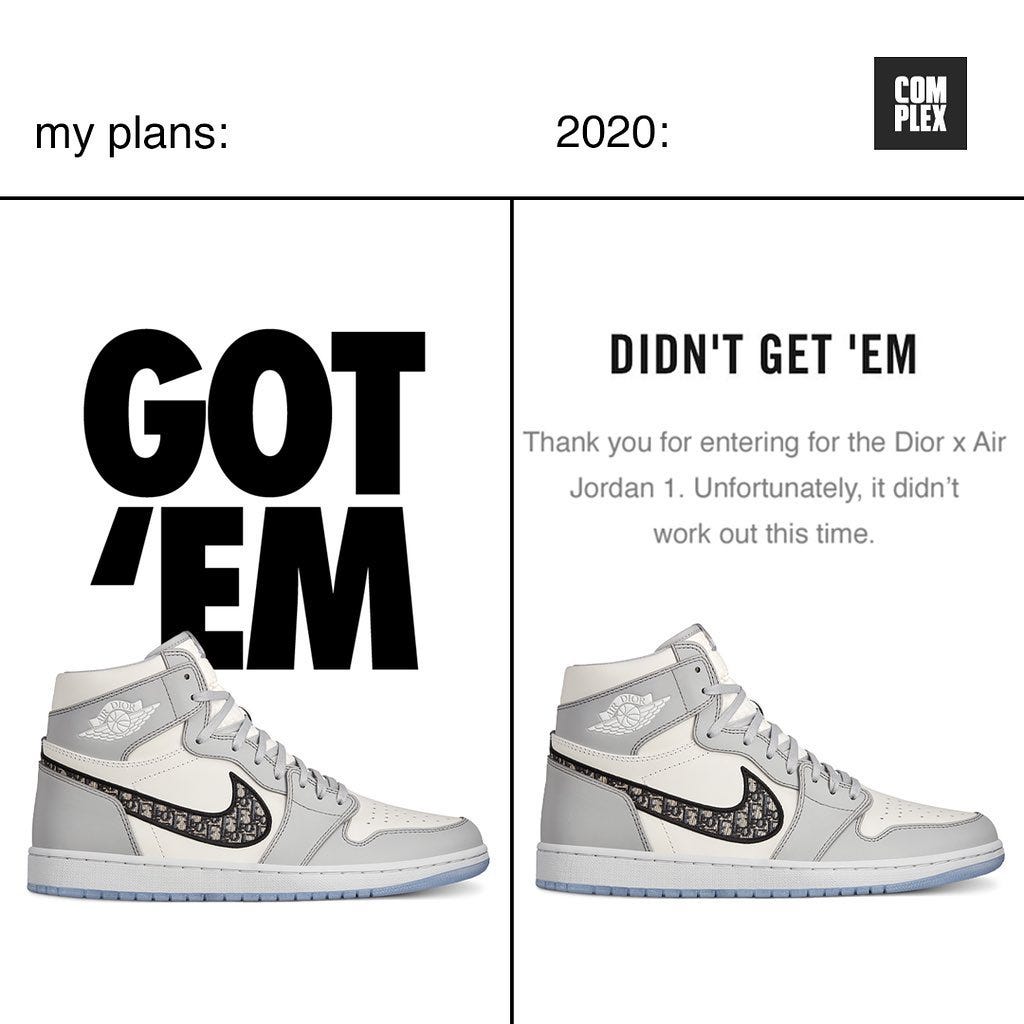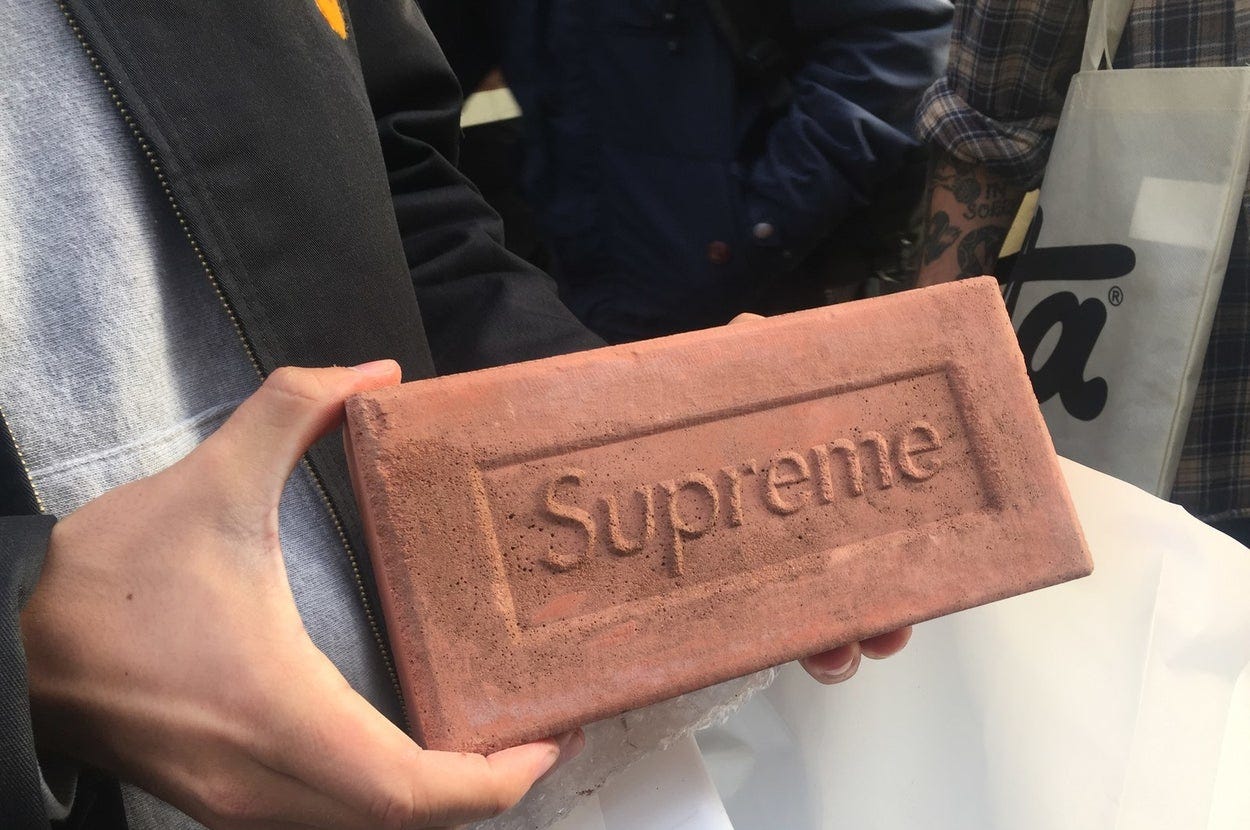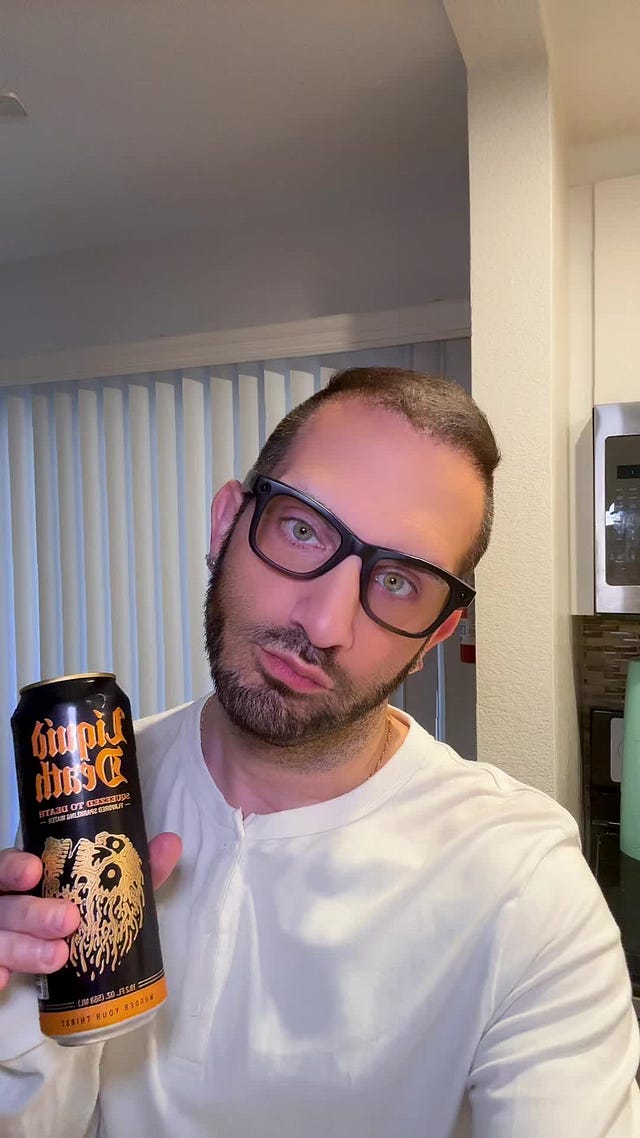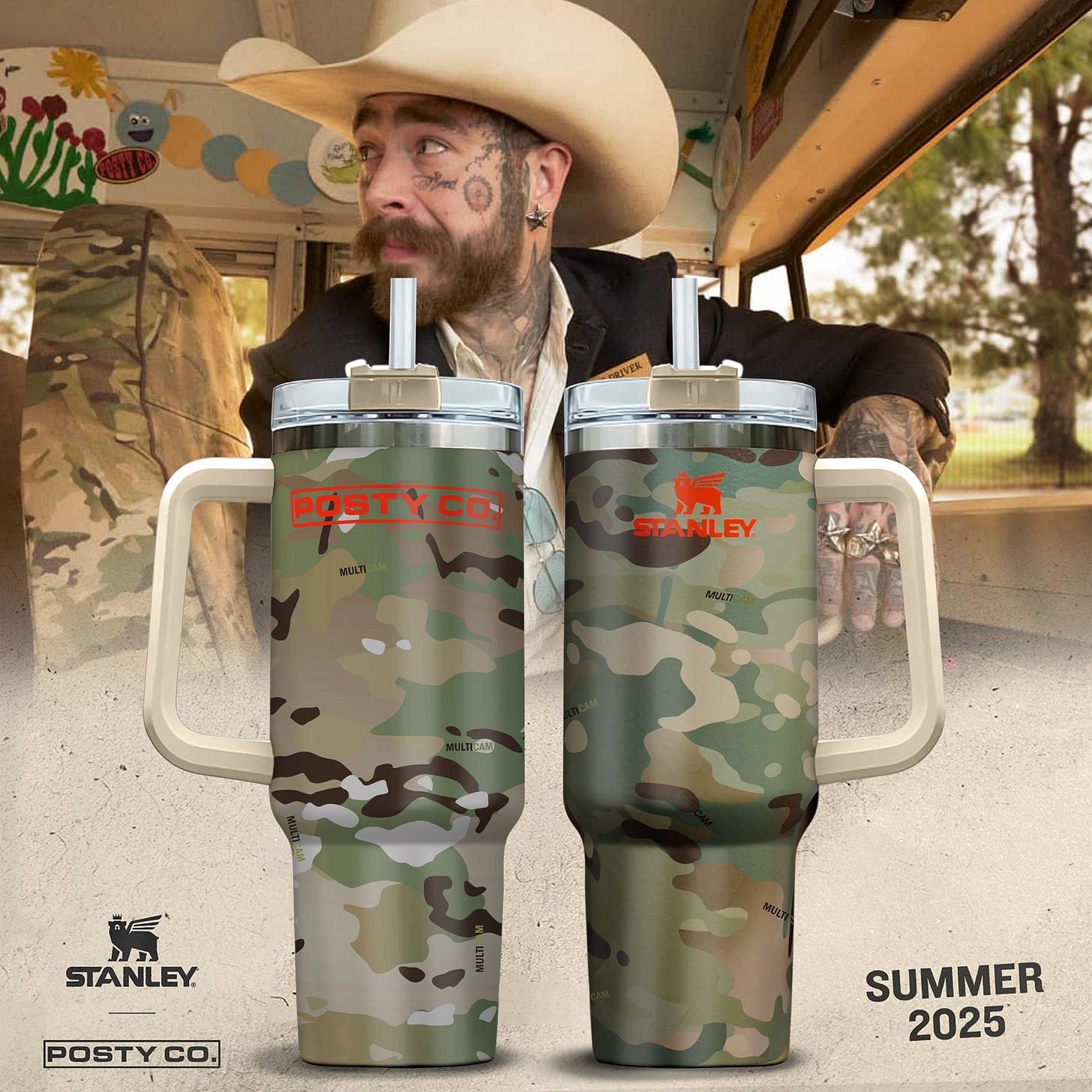Fake urgency is dead. Brands are manufacturing status instead.
I watched Redditors complain about the 220-minute queue as a million people (and likely lots of bots) competed for 5,000 bars of Sydney Sweeney x Dr. Squatch bathwater soap.
buying behavior has shifted and it’s as obvious as ever right now.
fake countdown timers are dead. but cultural bragging rights scarcity is sooo in ✨
you’ve probably noticed that brands are no longer begging you to “buy now”…
instead they’re making you earn the right to buy, and the tougher the rite, the hotter the flex (tired yet?)
this is explains why Nike’s SNKRS app celebrates your losses, why Supreme made a brick that’s reselling for $1,000, and why cans of Liquid Death infused with Ozzy Osbourne’s DNA vanished in 11 minutes.
these drops are snake-swallowing the Internet, peacocking as cultural “bragging rights”.
and I’m intrigued by it all.
let me explain.
the deeper shift
traditional urgency tactics like those stupid fake countdown timers of 2010s DTC past are cooked.
same with the “X person from X place just bought X product” ticker in the lower corner.
we know Sarah from Michigan didn’t just buy that - but thanks for lying, brand!
over the years, as these seemingly harmless “marketing” tactics started to become Bible for DTC ecomm, consumers became conditioned to catch on and ignore the game.
oh, you’re having…another sale? and it “ends” this weekend? right.
it’s the end of times for brand scarcity 1.0:
fake timers and popups
“sale ends Sunday” language
loss-aversion triggers
the ultimate goal: push volume at all costs
what brands are doing now is possibly even more sinister - they’re making people compete for cultural relevance.
the manipulation is the same, it’s just wearing a trendier outfit.
this is the age of brand scarcity 2.0. you’ve seen it happening:
celebrity-anchored micro drops
“only 100 ever” language (and they stand by it)
status-signal trigger
the ultimate goal: mint social currency
as of late, these drops are a brand’s hopeful way of staying culturally relevant.
both scarcity 1.0 and 2.0 manipulate desire, but only one creates stories worth telling. noodle on that for a sec.
the evidence stack
Nike is a great example (how many times have I said that in my life? I don’t want to know) of a brand that’s played the evil/genius scarcity game…
…because they’ve learned how to gamify losing.
if you miss out on a sneaker drop, the app shows exactly how many Ls you’ve taken.
so rejection goes from being something that’s kind of embarrassing to a sociopathic flex. being a loser is cool now! pass it on…
Supreme launched a brick (no not a phone - a literal brick) in 2016 that sold for $30. now the current rate on StockX is $950-$1,400.
“make less than people want.” - Supreme’s founder James Jebbia
also Supreme never does restocks. they learned to manufacture scarcity so well that a useless object became valuable.
Liquid Death’s always been deranged, but maybe the brand is peaking.
their latest launch is called “Infinite Ozzy” which is water with Ozzy Osbourne’s DNA. so many water drops lately (pun intended)!
$450 for ten cans and it sold out in 11 minutes.
“we’re selling participation in culture.” - Liquid Death’s VP of Creative
let’s just call it what it is - at this point we’re witnessing performance art masquerading as CPG.
Stanley is also trying to find ways to keep their brand as relevant as possible after the initial post-COVID craze (think Instagram stories of women crying in Target parking lots, etc. etc.)
their recent drop with Post Malone helped them sell out, again, in minutes.
will it stick? time will tell - but taking a page from the new age scarcity marketing playbook isn’t a bad idea.
why this changes things
yes you’re not Supreme, but that doesn’t mean this doesn’t apply to you.
you need to recognize now that the goalpost has moved. the customer journey doesn’t end when the customer pays - it actually ends when the customer shows proof, preferably publicly, on social.
Scarcity 2.0 is measured by:
waitlist size
referral velocity
secondary market delta
pure UGC volume
customers being annoyingly loud about the outcome is ideal.
MOST brands should just focus on creating demand for their products first.
but if you WANT to play with scarcity marketing, try the above and at least make it meaningful.
the reality
these hype cycles can’t just be turned on and off. this shift from 1.0 to 2.0 is indicative of a permanent rewiring of consumer psychology.
and that’s because social media has trained an entire generation to see purchases as identity markers.
if you’re an opportunist, you might see this as an advantage. the “best” products don’t really win unless they double as content.
so how do you get picked for both the purchase and the post?
lmk in the comments - what’s a recent drop of scarcity marketing you fell for?









I haven't fell for a scarcity marketing tactic yet, but I think this is a manifestation not just of our relationship with social media, but it also shows we've reached the late stage of capitalism and neoliberalism. In a world where the rich are getting richer and hoarding all this wealth, it feels like the products are getting only worse and more expensive, and the consumer without the money to afford a home or a family, will do what they can to culturally participate and have some sort of status, now that the money have depreciated and the line to being rich has only gone up, there is no other way to stand out.
I feel like the only scarcity I really fall for nowadays is with info products from some of my favorite creators, or clothing. Love when I stumble on a random brand dropping the hardest clothing collection but only give you a couple of weeks to buy it up - it just feels that much more rewarding to actually catch it while it’s available.
I’ve been thinking a lot about brands selling status, and I like that you described it as manufactured rather than exploiting an already emerging trend.